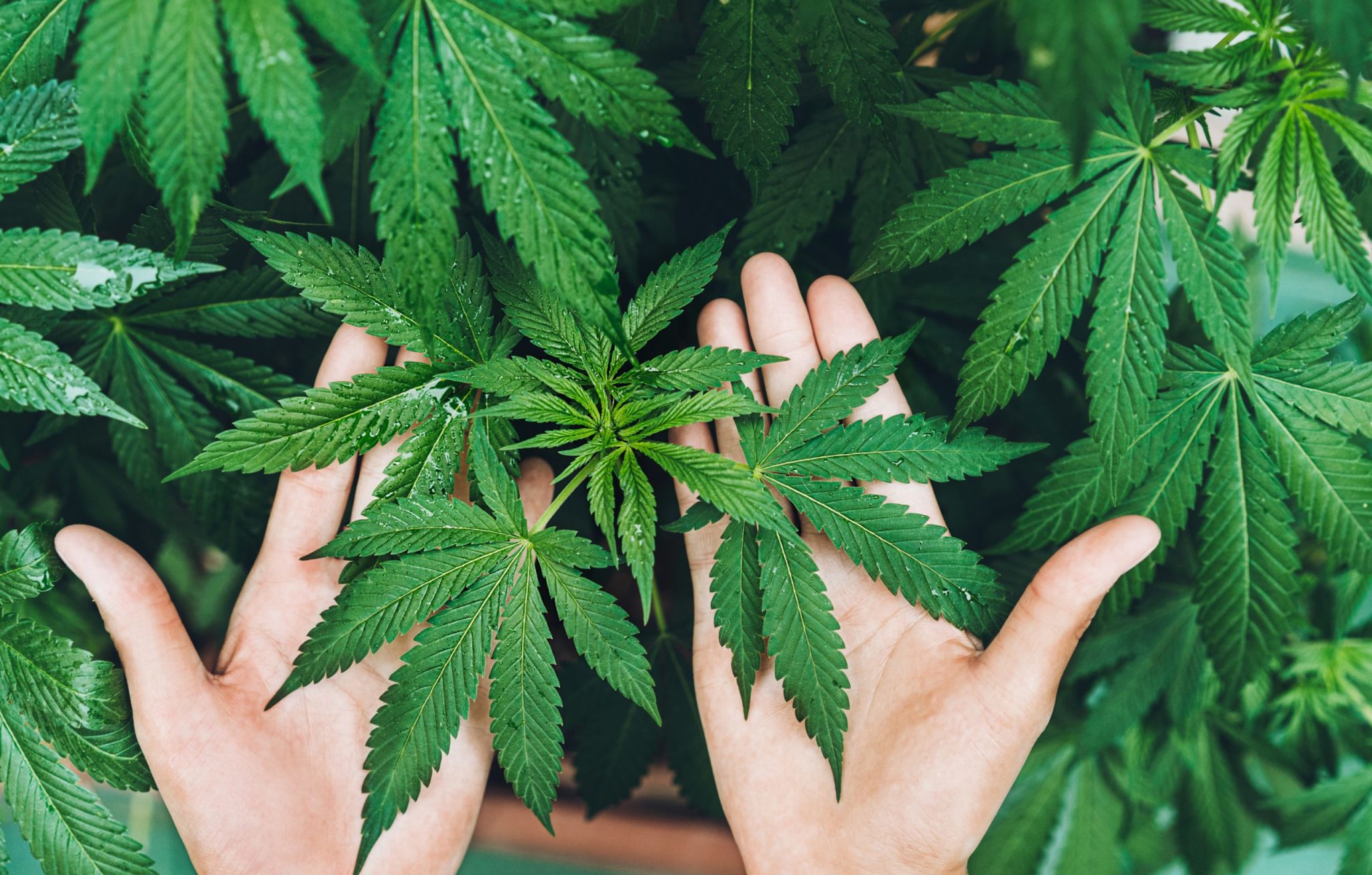Fragrances are an art form, weaving emotions, memories, and sensory experiences into a single scent. At the heart of many iconic perfumes, candles, and personal care products lies a group of natural compounds called terpenes. These aromatic molecules, derived from plants, are the building blocks of fragrance, lending their unique scents and therapeutic properties to create captivating olfactory experiences. In this blog post, we’ll explore the world of fragrances, the critical role terpenes play in their formulation, and why they’re indispensable to the art and science of scent.
What Are Terpenes?
Terpenes are volatile organic compounds produced by plants, responsible for the distinctive aromas of flowers, fruits, herbs, and trees. From the zesty tang of citrus to the calming scent of lavender, terpenes define a plant’s fragrance profile. Beyond their sensory appeal, terpenes serve functional roles in nature, such as repelling pests or attracting pollinators. In fragrances, terpenes are prized for their versatility, natural origin, and ability to evoke emotions, making them essential to perfumery and aromatherapy.
The Role of Terpenes in Fragrances
Terpenes are the backbone of many fragrances, contributing to their complexity, character, and longevity. Here’s why they’re so important:
-
Creating Signature Scents
Terpenes provide the core notes that define a fragrance’s personality. For example:-
Limonene (found in citrus) delivers fresh, uplifting notes often used in top notes to create an invigorating first impression.
-
Linalool (found in lavender and rosewood) adds soft, floral tones, perfect for heart notes that linger in a perfume’s middle layer.
-
Pinene (found in pine and rosemary) imparts earthy, woody base notes that ground a fragrance with depth and warmth.
By blending terpenes, perfumers craft complex scent profiles that evolve over time, from the initial spritz to the lingering dry-down.
-
-
Natural Authenticity
Terpenes derived from essential oils give fragrances a natural, authentic quality that synthetic compounds often lack. Consumers increasingly seek clean, plant-based products, and terpenes meet this demand by offering scents extracted directly from nature. For example, citronellol from geraniums or myrcene from hops provides a genuine, earthy aroma that resonates with eco-conscious buyers. -
Aromatherapeutic Benefits
Terpenes do more than smell good—they influence mood and well-being. When inhaled, terpenes interact with the brain’s limbic system, which governs emotions and memory. For instance:-
Linalool promotes relaxation, making it a staple in calming fragrances.
-
Limonene uplifts and energizes, ideal for vibrant, daytime scents.
-
Beta-caryophyllene (found in cloves) has anti-inflammatory properties, adding a soothing element to aromatherapy blends.
This dual action—sensory and therapeutic—makes terpene-rich fragrances a holistic experience.
-
-
Enhancing Fragrance Stability
Terpenes contribute to a fragrance’s structure and longevity. Their volatility determines how quickly a scent evaporates, allowing perfumers to balance top, middle, and base notes. For example, highly volatile terpenes like limonene create fleeting top notes, while less volatile ones like cedrene (from cedarwood) anchor long-lasting base notes. This interplay ensures a fragrance unfolds beautifully over hours. -
Sustainability and Versatility
As plant-derived compounds, terpenes align with the growing demand for sustainable, biodegradable ingredients. They can be extracted from renewable sources like citrus peels, pine needles, or lavender flowers, reducing reliance on petrochemical-based synthetics. Additionally, terpenes are versatile, blending seamlessly into perfumes, candles, lotions, and diffusers.
Key Terpenes in Fragrance Creation
Hundreds of terpenes are used in perfumery, each contributing unique notes and effects. Here are some of the most prominent:
-
Limonene: Bright and citrusy, used in fresh, clean fragrances to evoke energy and vitality.
-
Linalool: Floral and slightly spicy, found in lavender and jasmine scents, known for its calming properties.
-
Pinene: Woody and resinous, adds depth to forest-inspired or herbal fragrances.
-
Citronellol: Rose-like and fresh, a key component in floral perfumes and citronella-based products.
-
Geraniol: Sweet and rosy, enhances feminine and romantic scents, also used for its insect-repelling properties.
-
Myrcene: Earthy and musky, found in cannabis and hops, adds a grounding note to modern fragrances.
These terpenes, often extracted via steam distillation or cold pressing, form the foundation of countless fragrance formulations.
Terpenes and the Art of Perfumery
Creating a fragrance is like composing a symphony, with terpenes as the individual instruments. Perfumers, or “noses,” carefully select and blend terpenes to achieve harmony and balance. A typical perfume consists of:
-
Top Notes: Light, volatile terpenes like limonene or bergamotene (from bergamot) that create the first impression but fade quickly.
-
Heart Notes: Moderately volatile terpenes like linalool or geraniol that form the fragrance’s core and linger for hours.
-
Base Notes: Heavy, less volatile terpenes like cedrene or patchoulol (from patchouli) that provide depth and staying power.
By layering terpenes with complementary scents, perfumers craft fragrances that tell a story, evoke emotions, or transport users to a specific time and place.
Challenges and Innovations
While terpenes are invaluable, they come with challenges. Their volatility can make them prone to oxidation, altering a fragrance’s scent over time. Additionally, natural terpenes can vary in quality due to factors like climate or soil conditions. To address this, the fragrance industry is embracing innovations like:
-
Biotechnology: Producing terpenes through microbial fermentation for consistent quality and sustainability.
-
Synthetic Analogs: Creating lab-made terpenes that mimic natural ones, reducing environmental impact.
-
Microencapsulation: Encasing terpenes in tiny capsules to control their release and extend fragrance longevity.
These advancements ensure terpenes remain a cornerstone of modern perfumery while meeting consumer demands for eco-friendly products.
Why Terpenes Matter in Fragrances
Terpenes are more than just scent molecules—they’re the soul of fragrances. They offer:
-
Authenticity: Natural terpenes connect users to the essence of plants and the environment.
-
Emotional Impact: Their aromas evoke memories and feelings, making fragrances deeply personal.
-
Health Benefits: Their aromatherapeutic properties enhance mental and physical well-being.
-
Sustainability: As renewable resources, terpenes support greener, more ethical fragrance production.
Whether in a luxury perfume, a soothing candle, or a refreshing body mist, terpenes elevate the sensory experience and make every scent unforgettable.
Conclusion
Terpenes are the unsung heroes of the fragrance world, infusing scents with natural beauty, complexity, and therapeutic benefits. From the uplifting zest of limonene to the calming embrace of linalool, these plant-derived compounds are essential to creating fragrances that captivate and inspire. As the industry evolves toward sustainability and innovation, terpenes will continue to play a starring role, proving that nature’s aromatic gifts are key to the art and science of scent.
Citation:
National Center for Biotechnology Information. (2022). Terpenes in Essential Oils: Chemistry and Applications in Fragrance and Aromatherapy.


